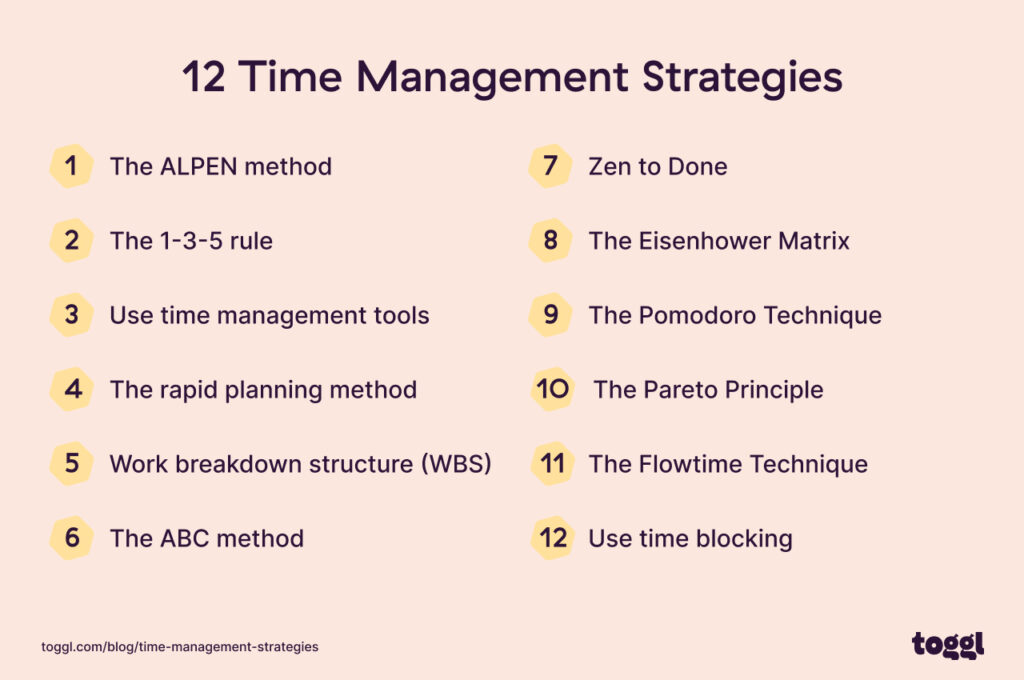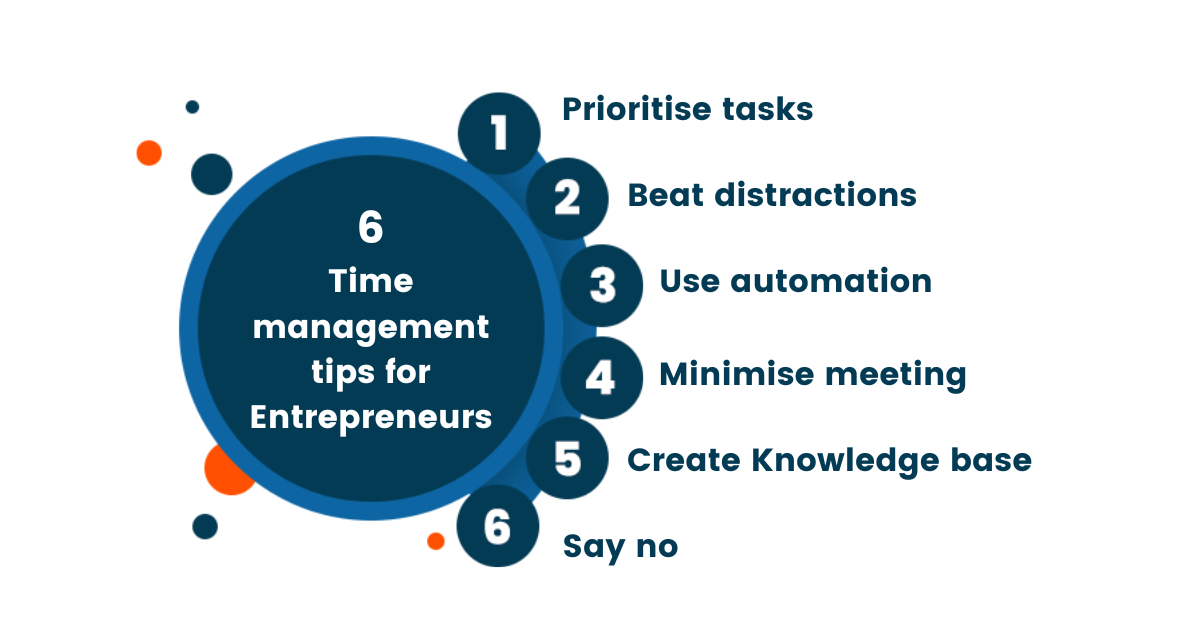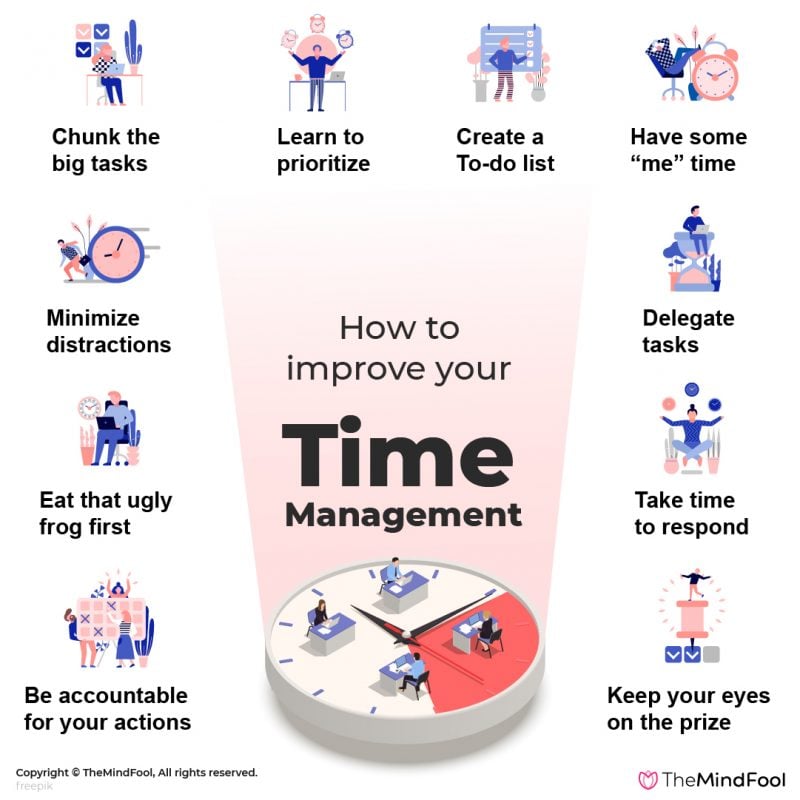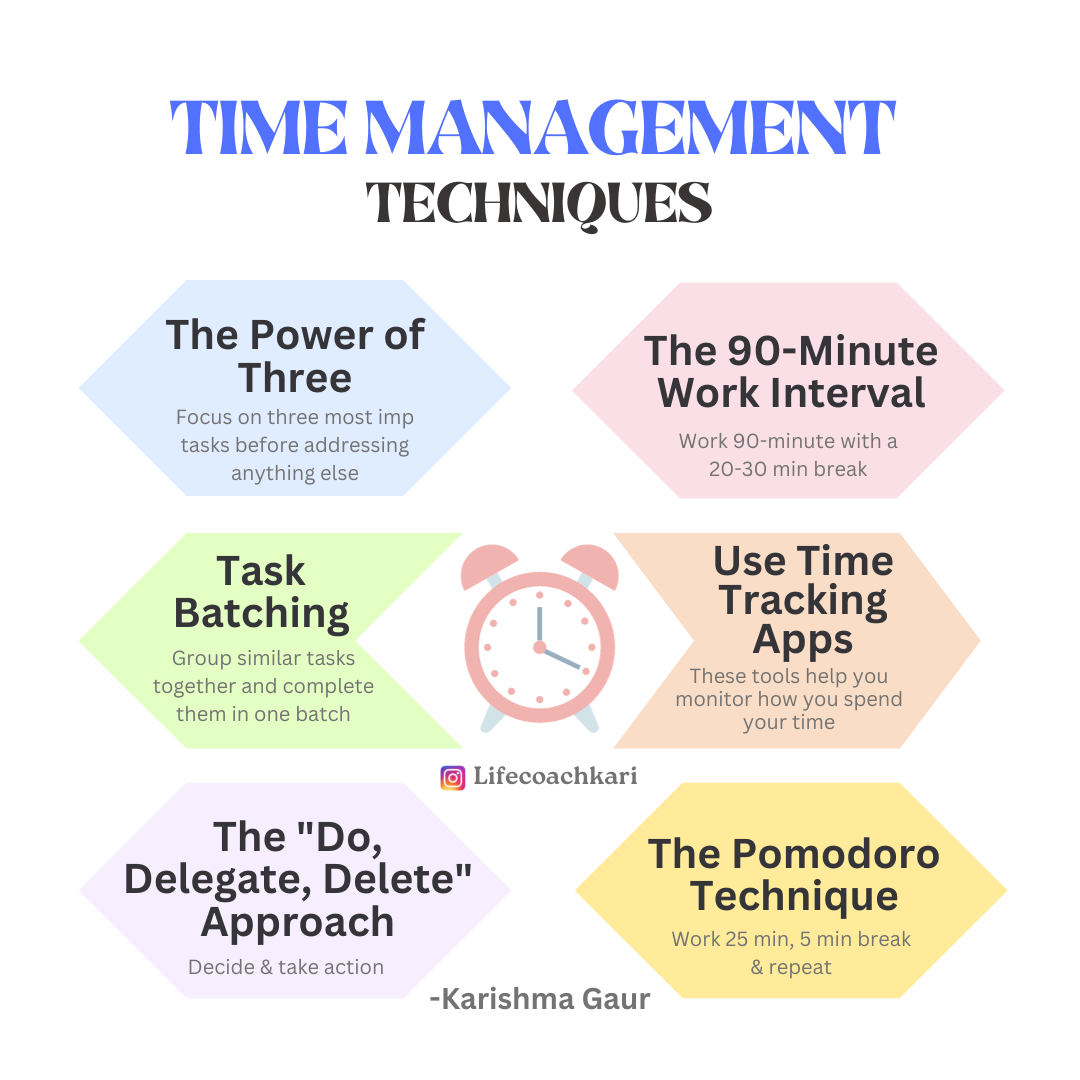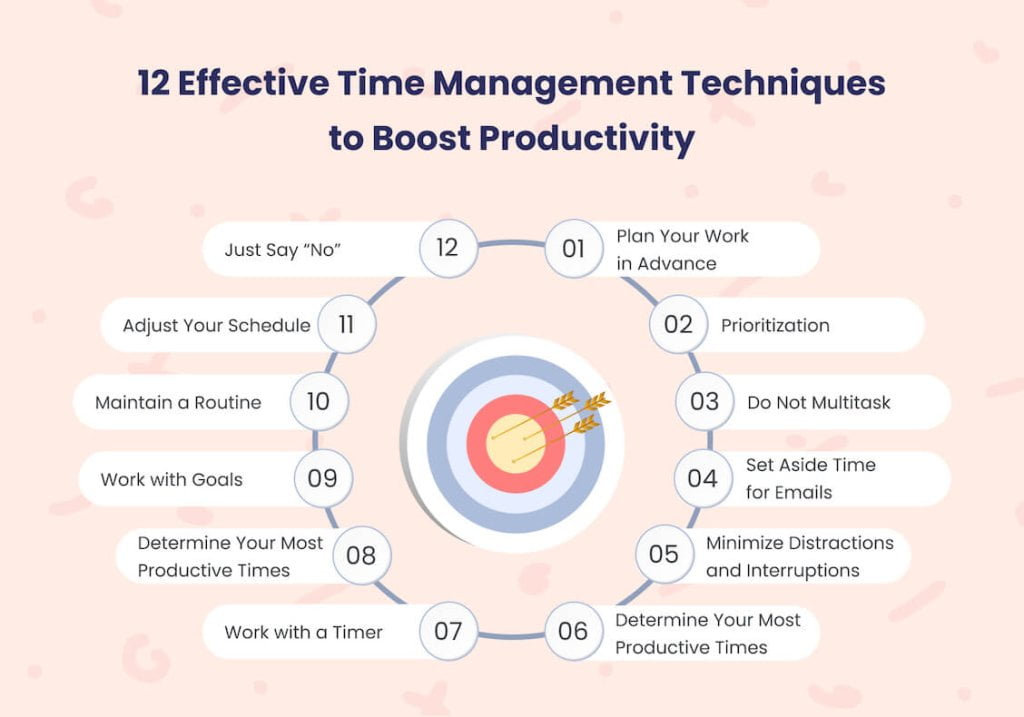Time Management Techniques In Business
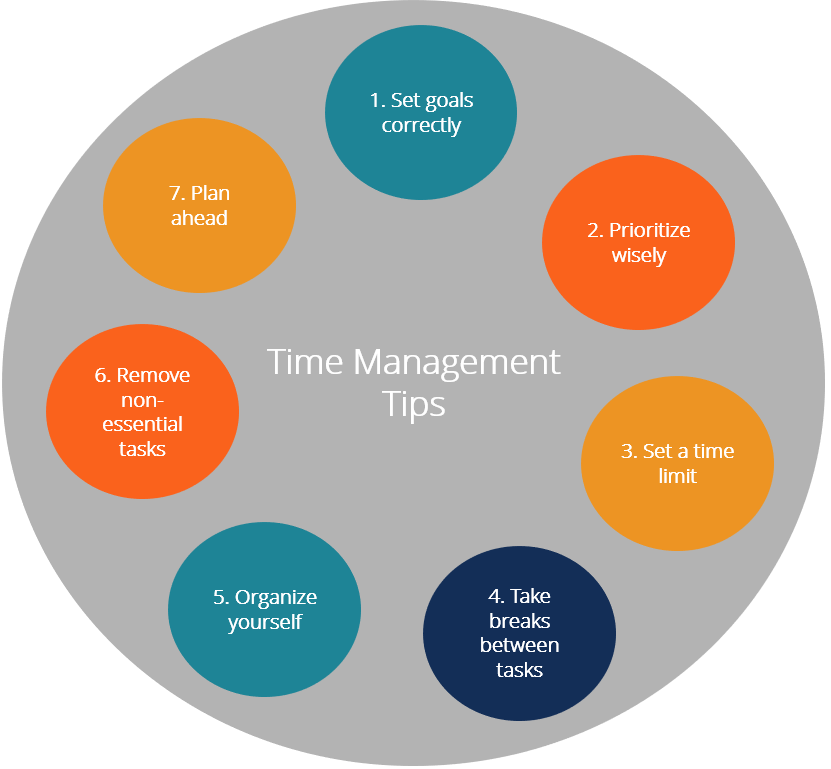
In today's relentlessly fast-paced business environment, where deadlines loom and demands surge, the ability to effectively manage time is no longer a mere advantage but a critical survival skill. Organizations and individuals alike are grappling with the challenge of optimizing productivity, mitigating stress, and achieving goals in the face of constant distractions and ever-increasing workloads.
This article delves into the essential time management techniques that businesses can employ to enhance efficiency, improve employee well-being, and ultimately drive success. It explores strategies ranging from prioritization frameworks to technology-driven solutions, drawing on insights from industry experts and research to provide a comprehensive overview of this crucial aspect of modern business management.
Understanding the Core Principles
At its heart, effective time management hinges on understanding a few core principles. Prioritization is paramount, requiring individuals and teams to identify the most important tasks and allocate their time accordingly.
The Pareto Principle, often referred to as the 80/20 rule, suggests that 80% of results come from 20% of efforts. This highlights the importance of focusing on high-impact activities.
Another key principle is planning and scheduling. This involves creating detailed schedules, setting realistic deadlines, and breaking down large projects into manageable tasks.
Prioritization Frameworks
Several frameworks can help businesses prioritize tasks effectively. The Eisenhower Matrix, also known as the Urgent-Important Matrix, categorizes tasks based on their urgency and importance.
Tasks are classified into four quadrants: urgent and important (do first), important but not urgent (schedule), urgent but not important (delegate), and neither urgent nor important (eliminate).
Another popular framework is the ABC analysis, where tasks are categorized into A, B, and C levels based on their value. A-level tasks are the most important and require immediate attention, while C-level tasks are less critical and can be postponed or delegated.
Leveraging Technology for Enhanced Time Management
Technology plays a crucial role in modern time management. A plethora of tools and applications are available to help individuals and teams stay organized, track progress, and automate routine tasks.
Project management software like Asana and Trello allows teams to collaborate effectively, assign tasks, set deadlines, and monitor progress in real-time.
Calendar applications such as Google Calendar and Microsoft Outlook Calendar enable individuals to schedule appointments, set reminders, and manage their time efficiently.
Time tracking tools like Toggl Track and Harvest allow individuals to monitor how much time they spend on specific tasks, providing valuable insights into their productivity patterns. This helps in identifying areas where time is being wasted and allows for adjustments to improve efficiency.
Combating Procrastination and Distractions
Procrastination and distractions are significant obstacles to effective time management. Identifying the underlying causes of procrastination is the first step towards overcoming it.
Strategies for combating procrastination include breaking down large tasks into smaller, more manageable steps, setting realistic goals, and rewarding oneself for completing tasks.
Minimizing distractions is equally important. This may involve turning off notifications, creating a dedicated workspace, and using website blockers to limit access to distracting websites.
Implementing the Pomodoro Technique, which involves working in focused bursts of 25 minutes followed by short breaks, can also help improve concentration and productivity.
The Importance of Delegation and Communication
Effective delegation is a critical skill for managers and leaders. Delegating tasks not only frees up time for more important activities but also empowers employees and fosters a sense of ownership.
Clear and concise communication is essential for successful delegation. Managers need to clearly define expectations, provide necessary resources, and offer ongoing support to their team members.
Communication also plays a vital role in managing expectations and coordinating efforts across teams. Regular team meetings, clear communication channels, and transparent project updates can help ensure that everyone is on the same page and working towards the same goals.
The Human Element: Well-being and Sustainable Productivity
Time management isn't just about squeezing more work into a day; it's also about prioritizing well-being and fostering sustainable productivity. Burnout is a real concern in today's demanding work environment, and neglecting self-care can ultimately undermine productivity.
Encouraging employees to take breaks, practice mindfulness, and maintain a healthy work-life balance is crucial. Providing resources such as stress management workshops and wellness programs can also contribute to a more positive and productive work environment.
As stated by the World Health Organization (WHO), "A healthy workplace is one where workers and managers collaborate to use a continual improvement process to protect and promote the health, safety and well-being of all workers and the sustainability of the workplace."
Looking Ahead: The Future of Time Management
As technology continues to evolve and the pace of work accelerates, time management will become even more critical. Artificial intelligence (AI) and machine learning (ML) are likely to play an increasingly important role in helping individuals and organizations optimize their time.
AI-powered tools can automate routine tasks, predict potential bottlenecks, and provide personalized recommendations for improving productivity. However, it's important to remember that technology is just a tool; the human element remains essential.
Ultimately, successful time management requires a combination of effective strategies, appropriate technology, and a commitment to prioritizing well-being. By embracing these principles, businesses can empower their employees to thrive in the face of constant change and achieve their goals with greater efficiency and less stress.
.jpg)



